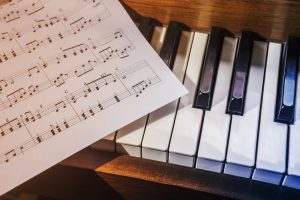Table of Contents
Bebop sheet music books
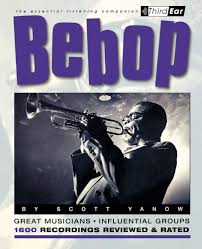
What is Bebop?
When bebop music first hit the jazz scene, it didn’t suit everybody’s tastes—its fast pace and experimental nature meant it wasn’t danceable. Bebop, which was more cerebral than prior jazz styles, marked a shift from jazz as entertainment to jazz as an intellectual art form.
Bebop (or “bop”) is a type of small-band modern jazz music originating in the early 1940s. Bebop has roots in swing music and involves fast tempos, adventurous improvisation, complex harmonies and chord progressions, and a focus on individual virtuosity. The name “bebop” originates from the sound of nonsense syllables that scat singers improvised in vocal jazz performances.
Many of the most noteworthy beboppers were both composers and performers, including Charlie Parker, Dizzy Gillespie, Thelonious Monk, Max Roach, Bud Powell, Kenny Clarke, Miles Davis, Charlie Christian, Dexter Gordon, Art Blakey, John Coltrane, Sonny Stitt, Mary Lou Williams, and Fats Navarro.

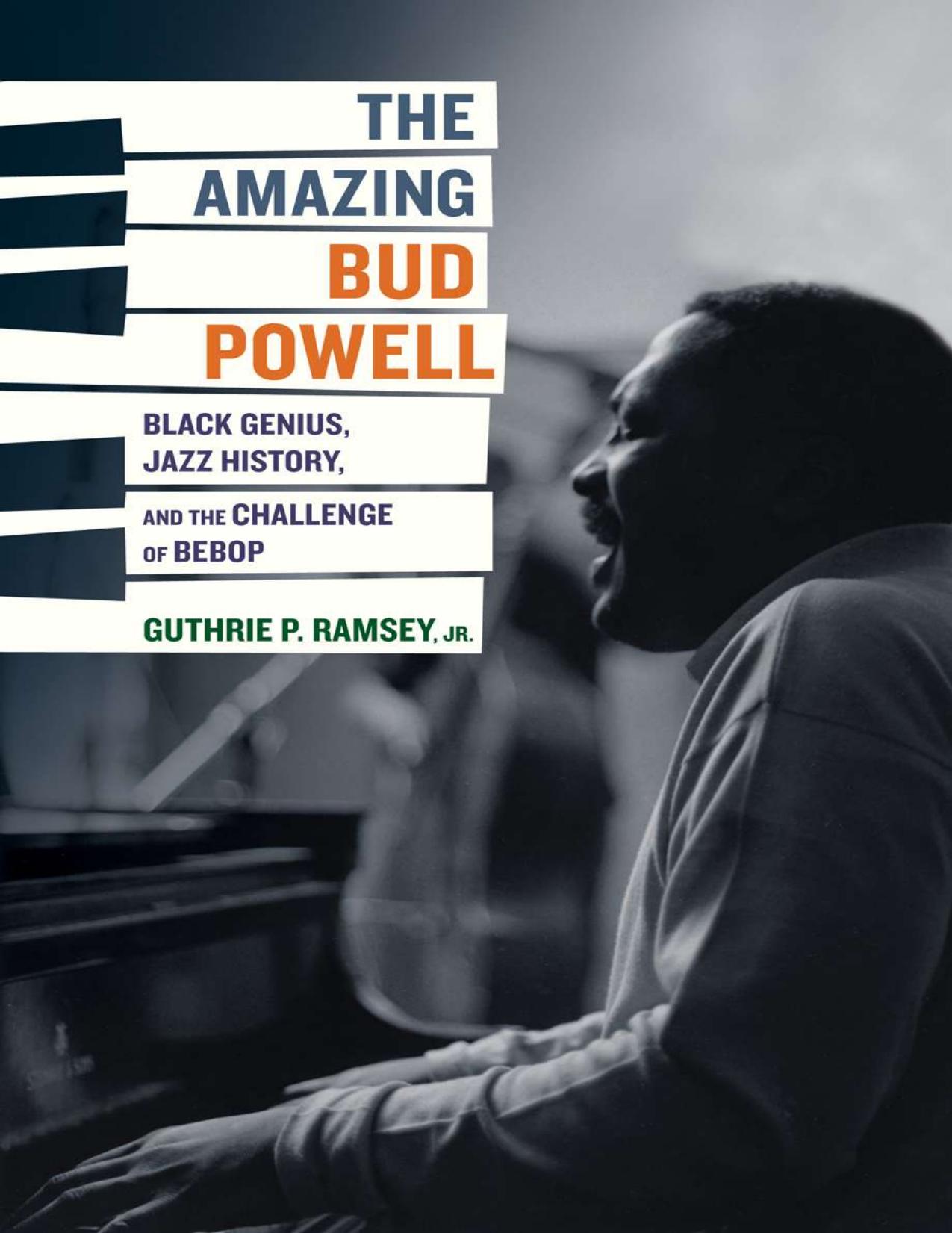
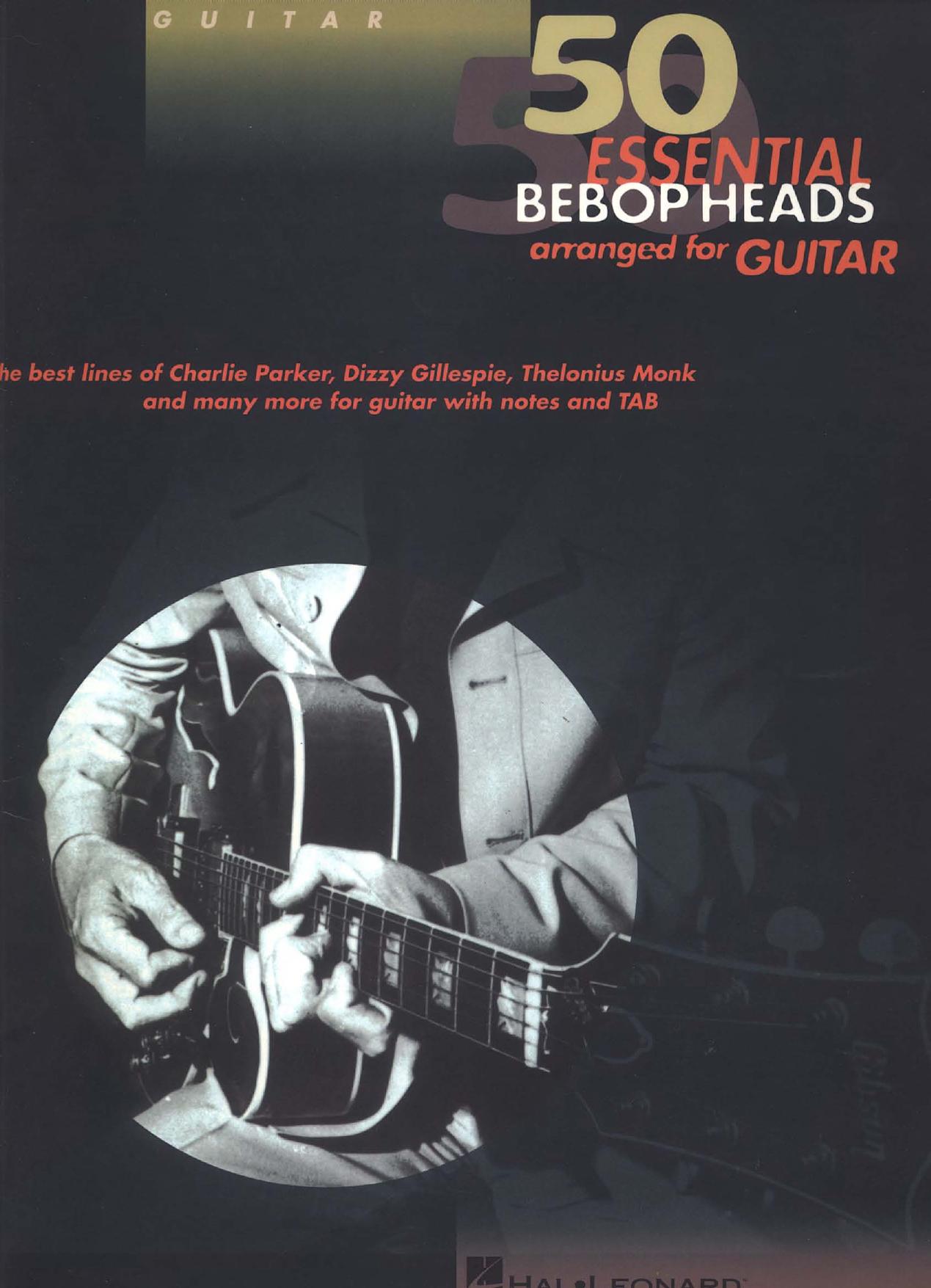
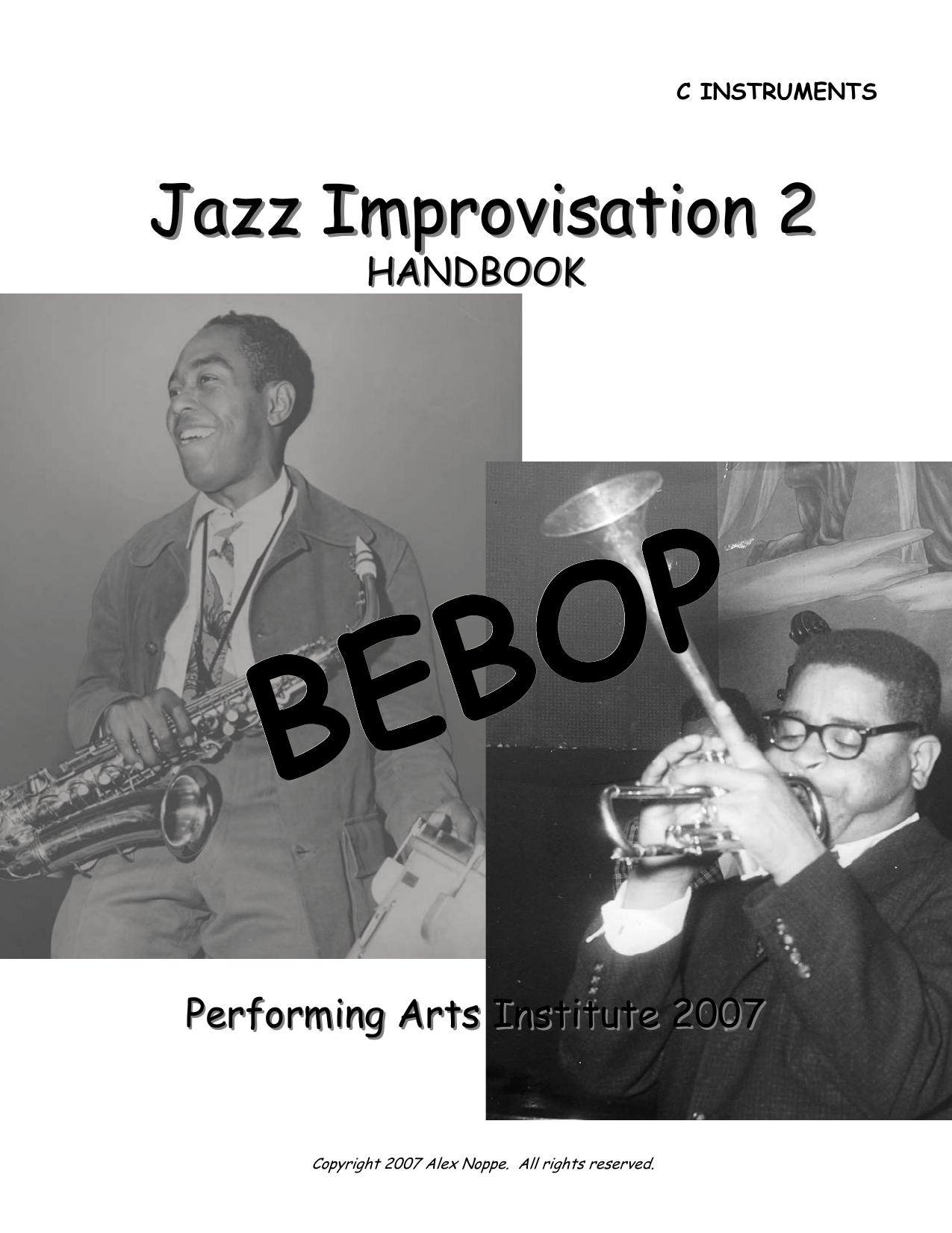

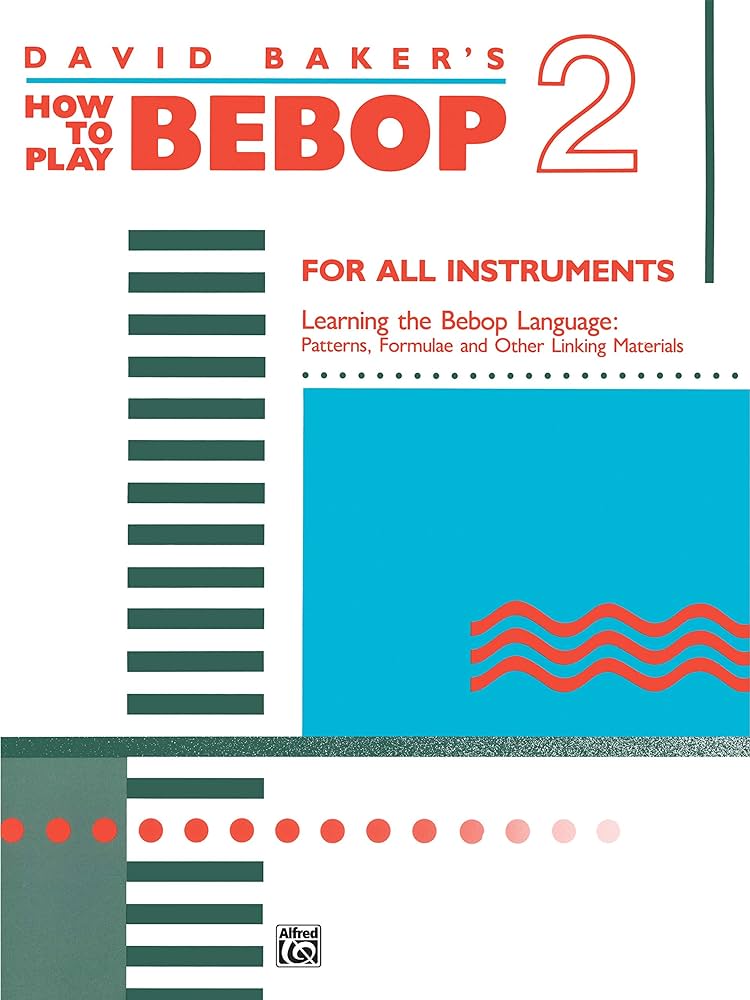
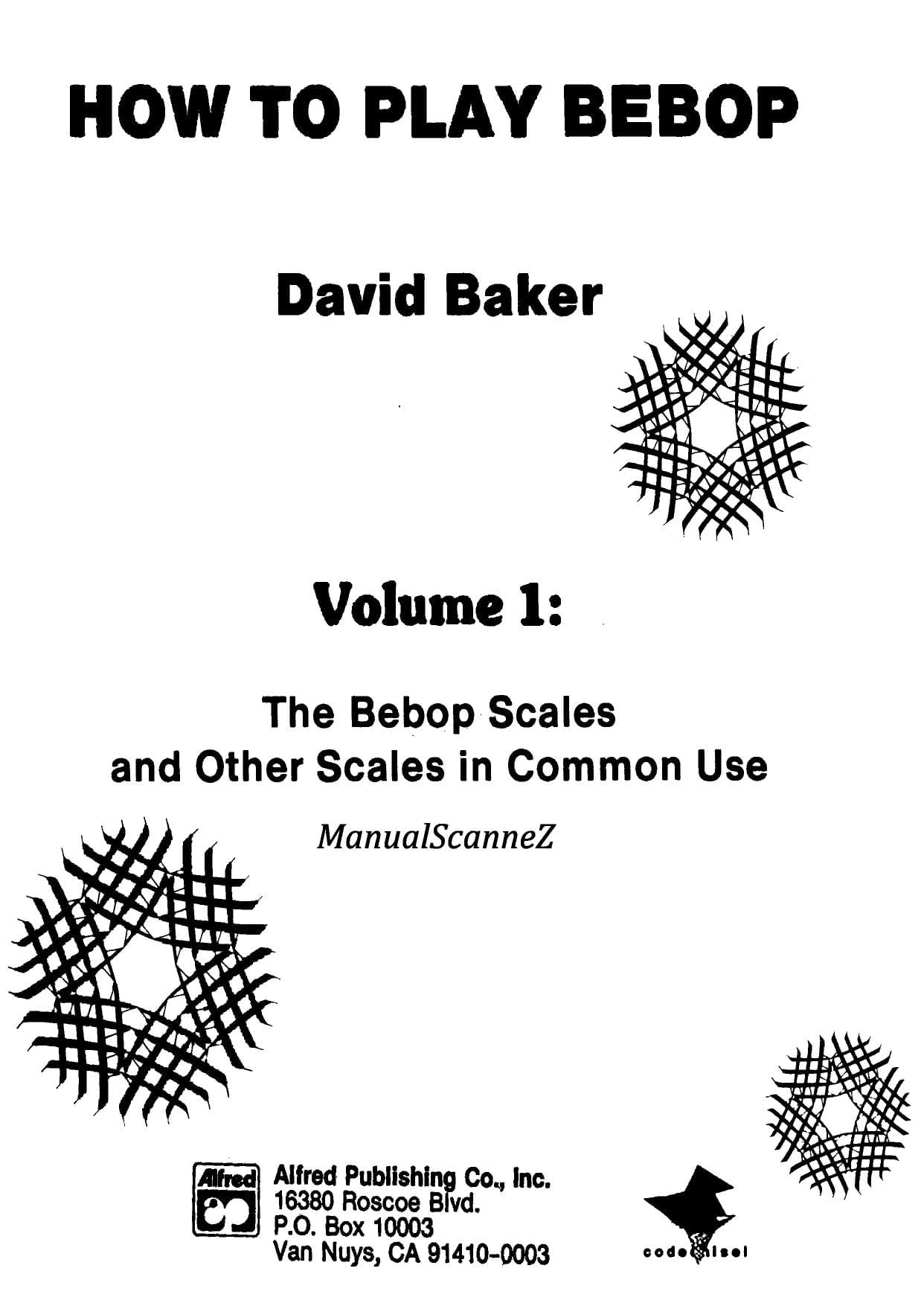
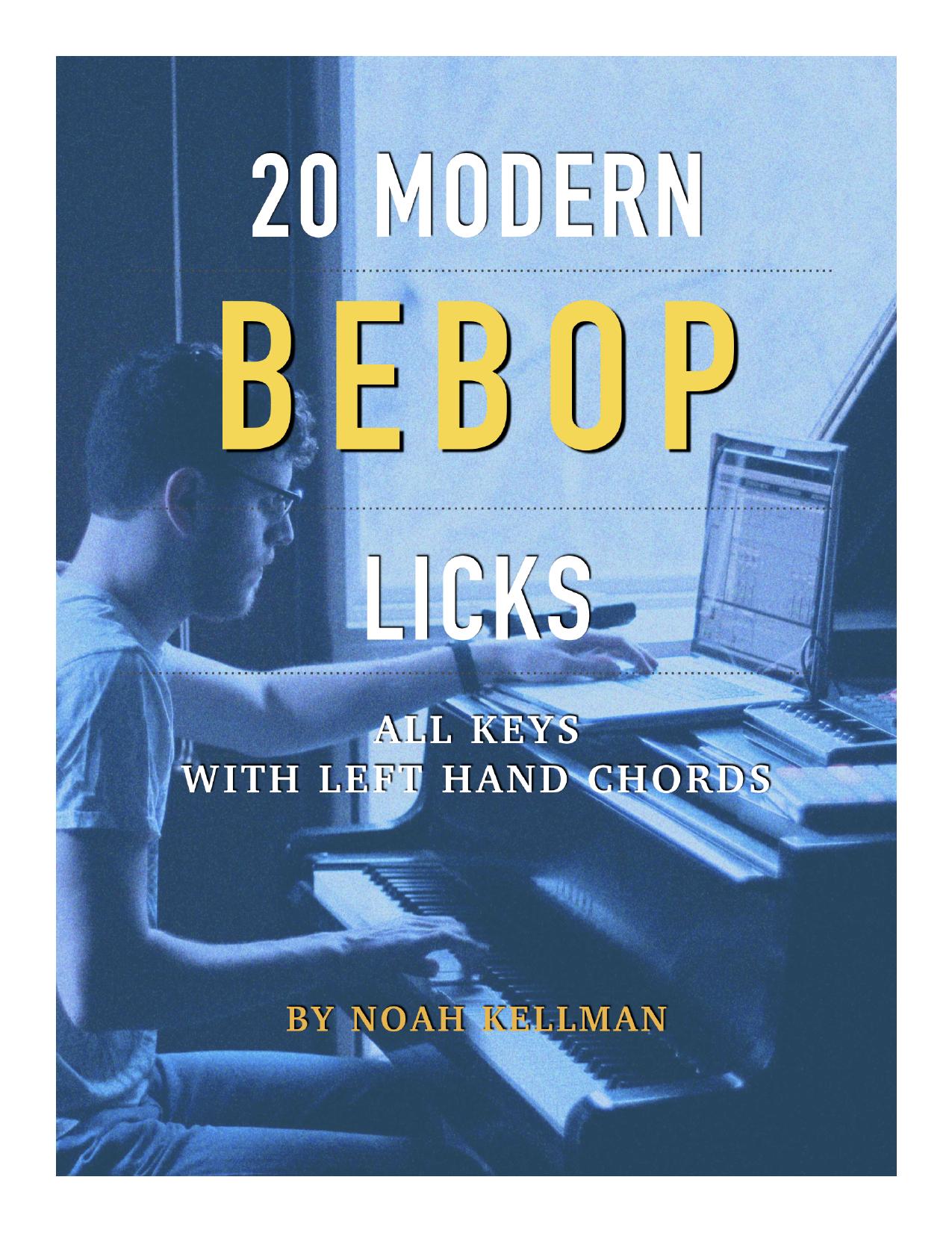
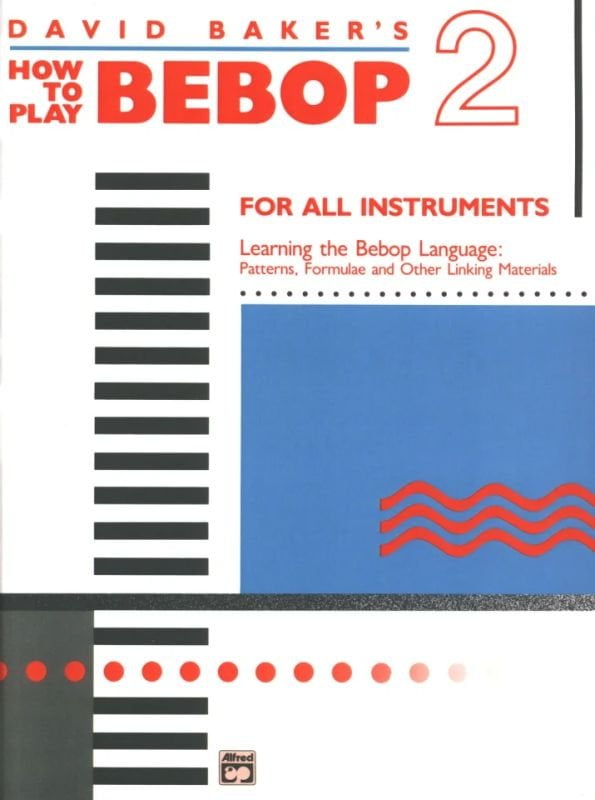
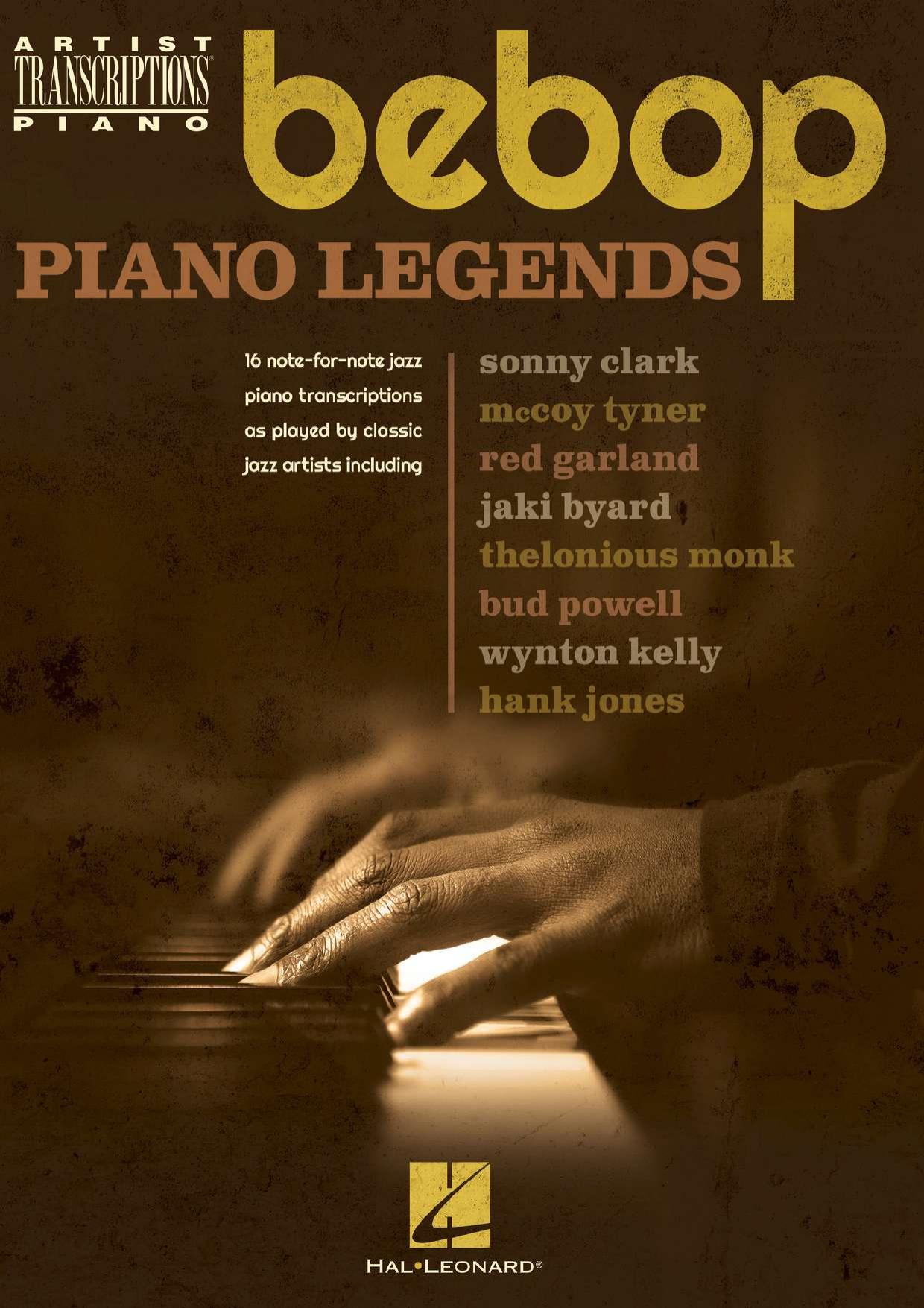
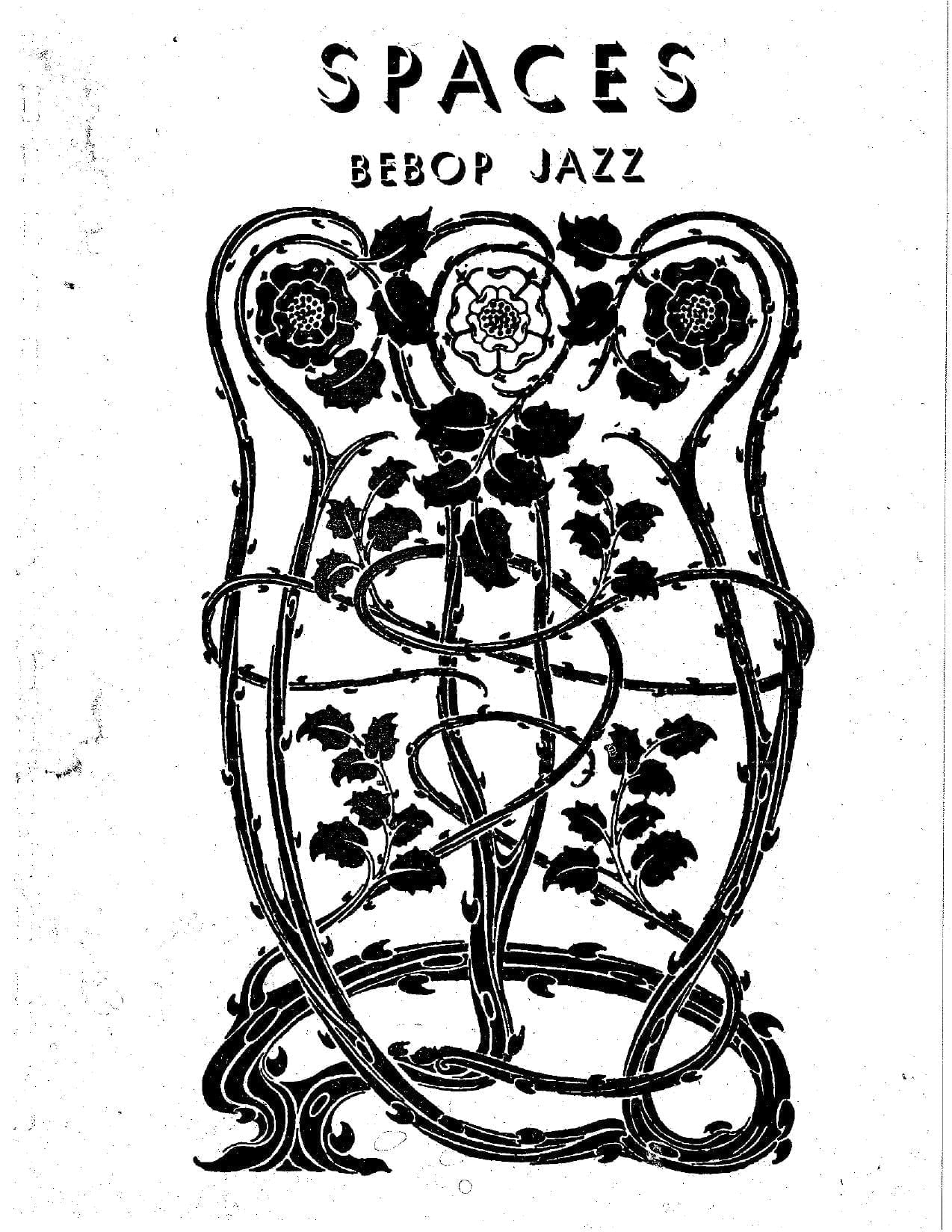
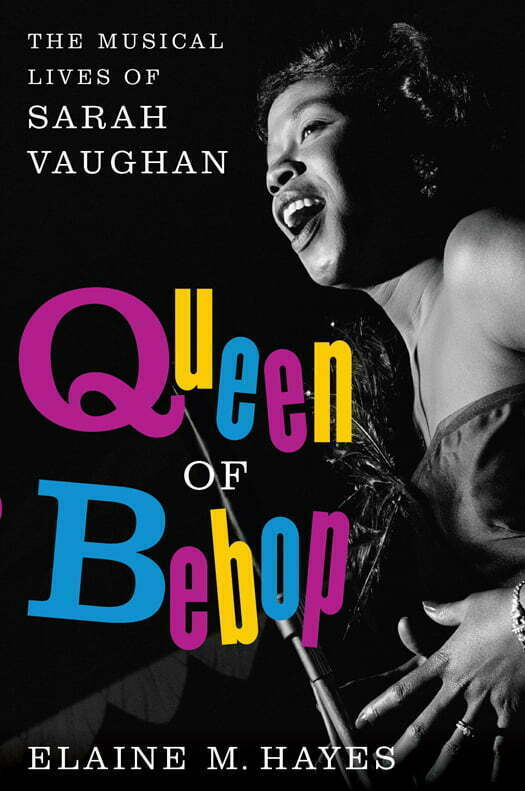
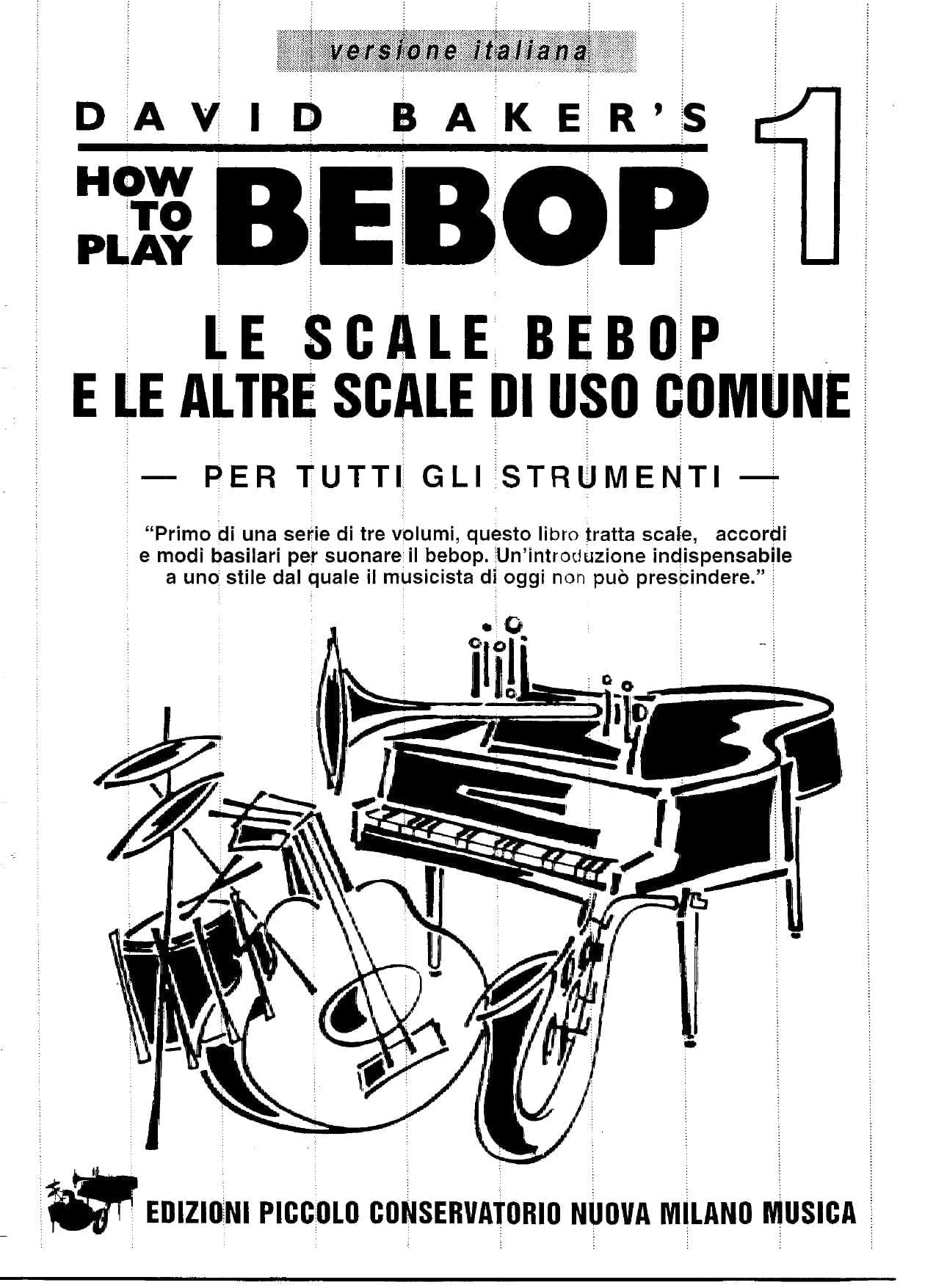
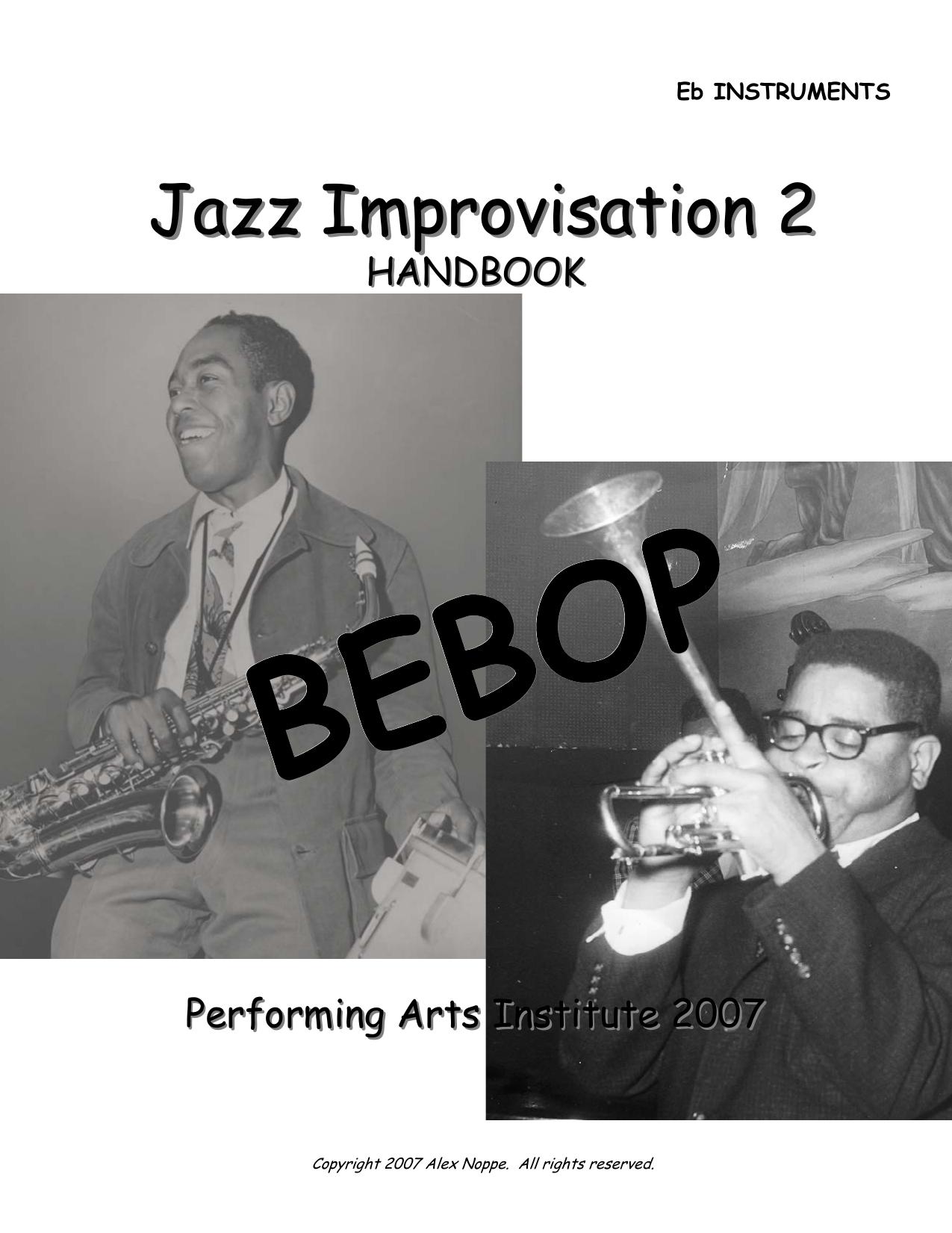
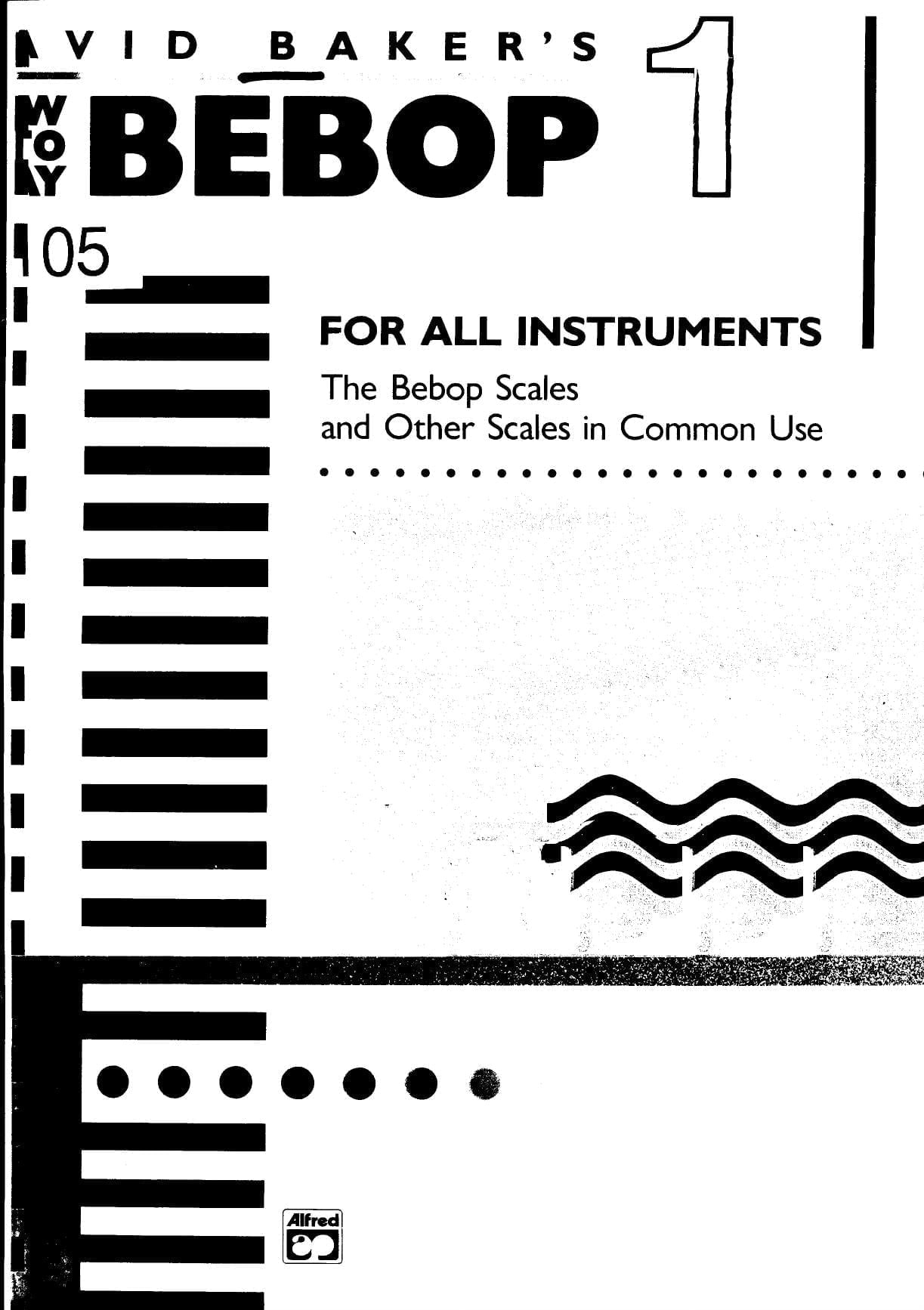
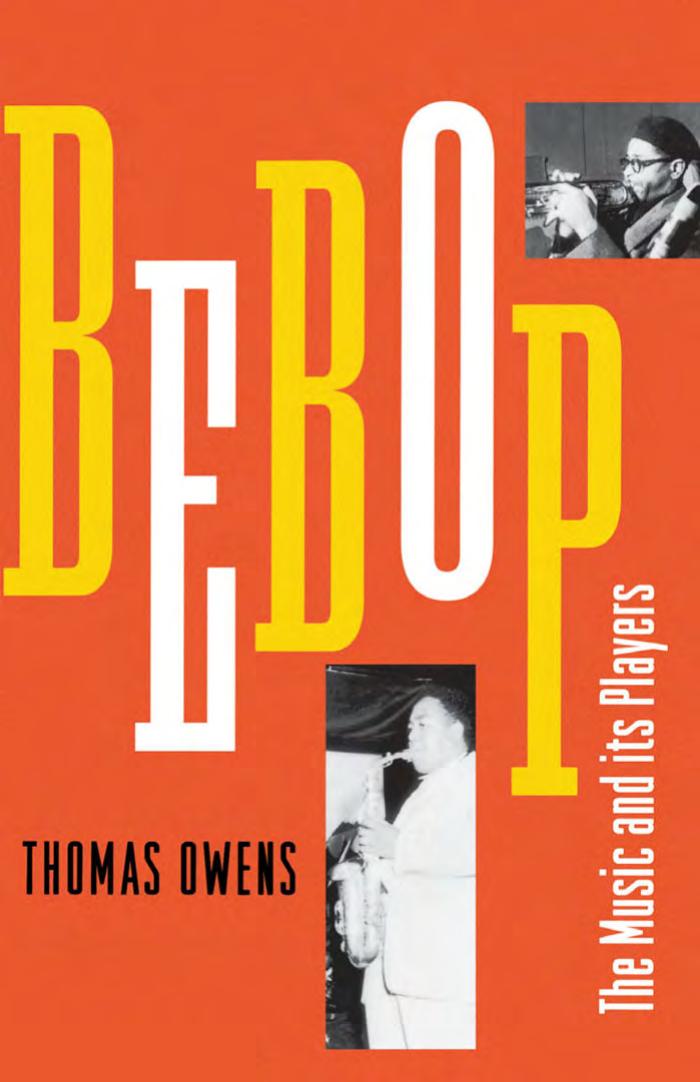
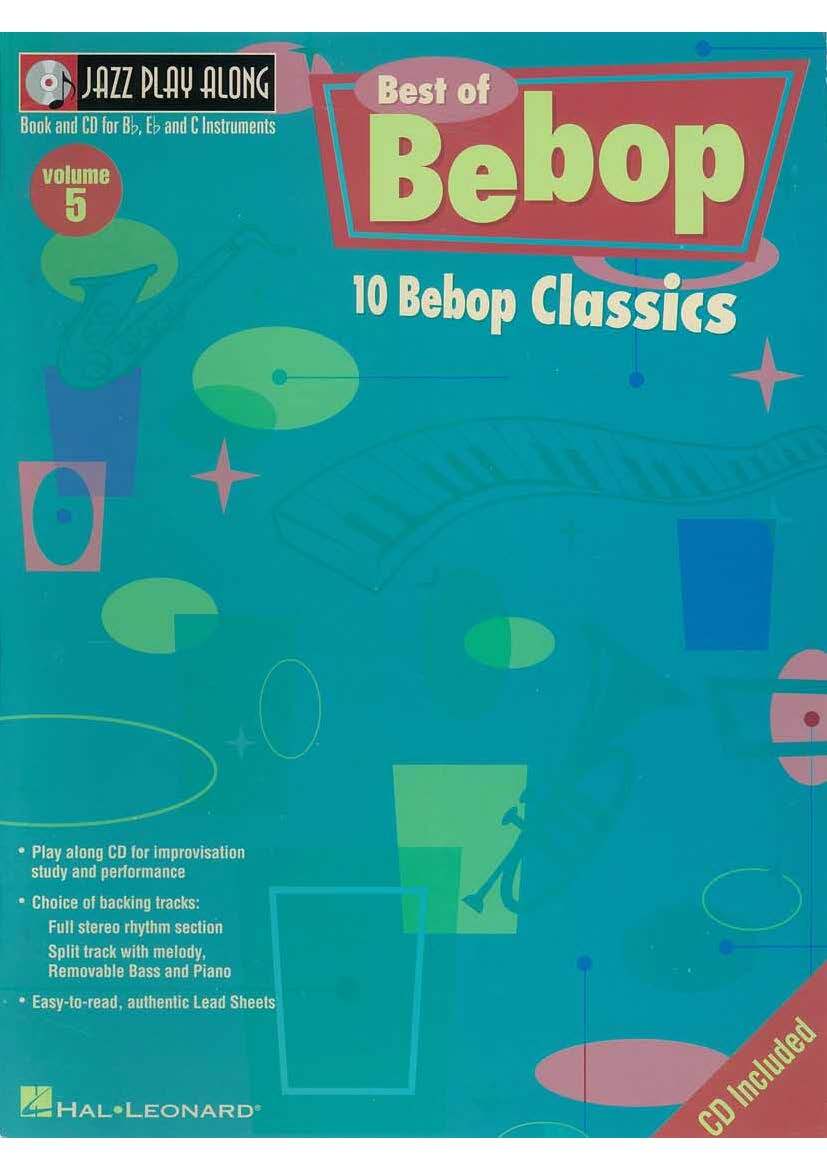
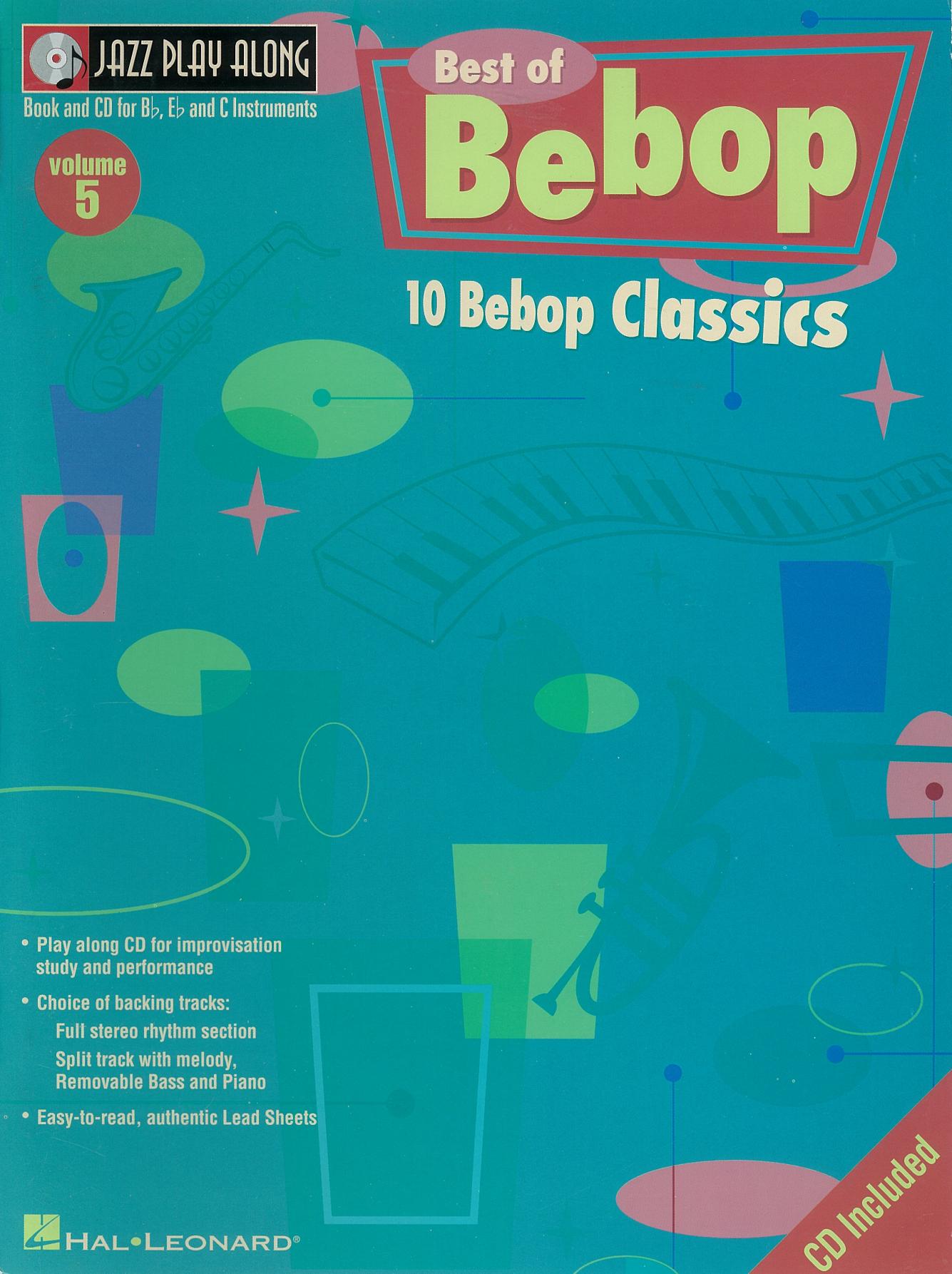
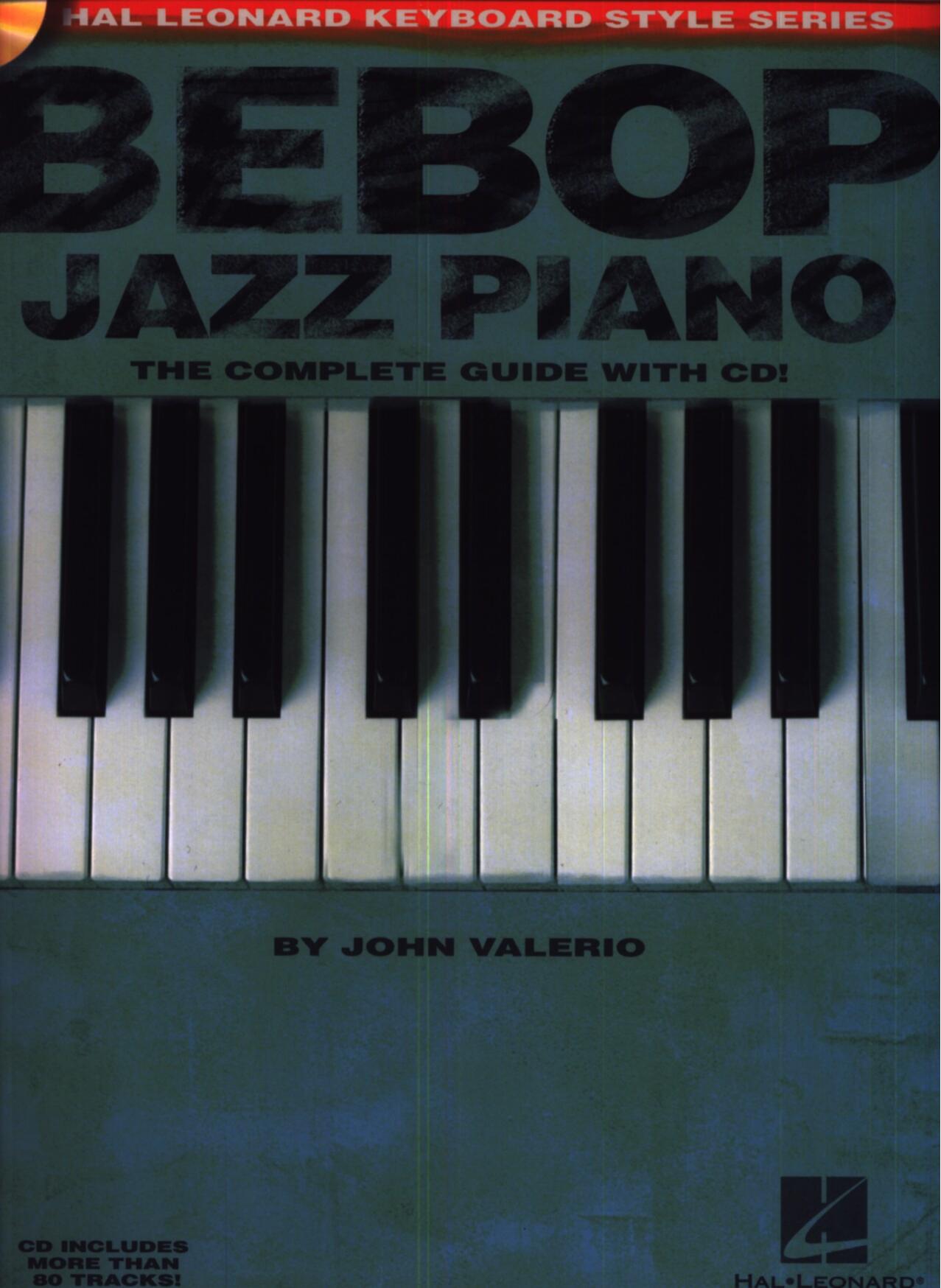
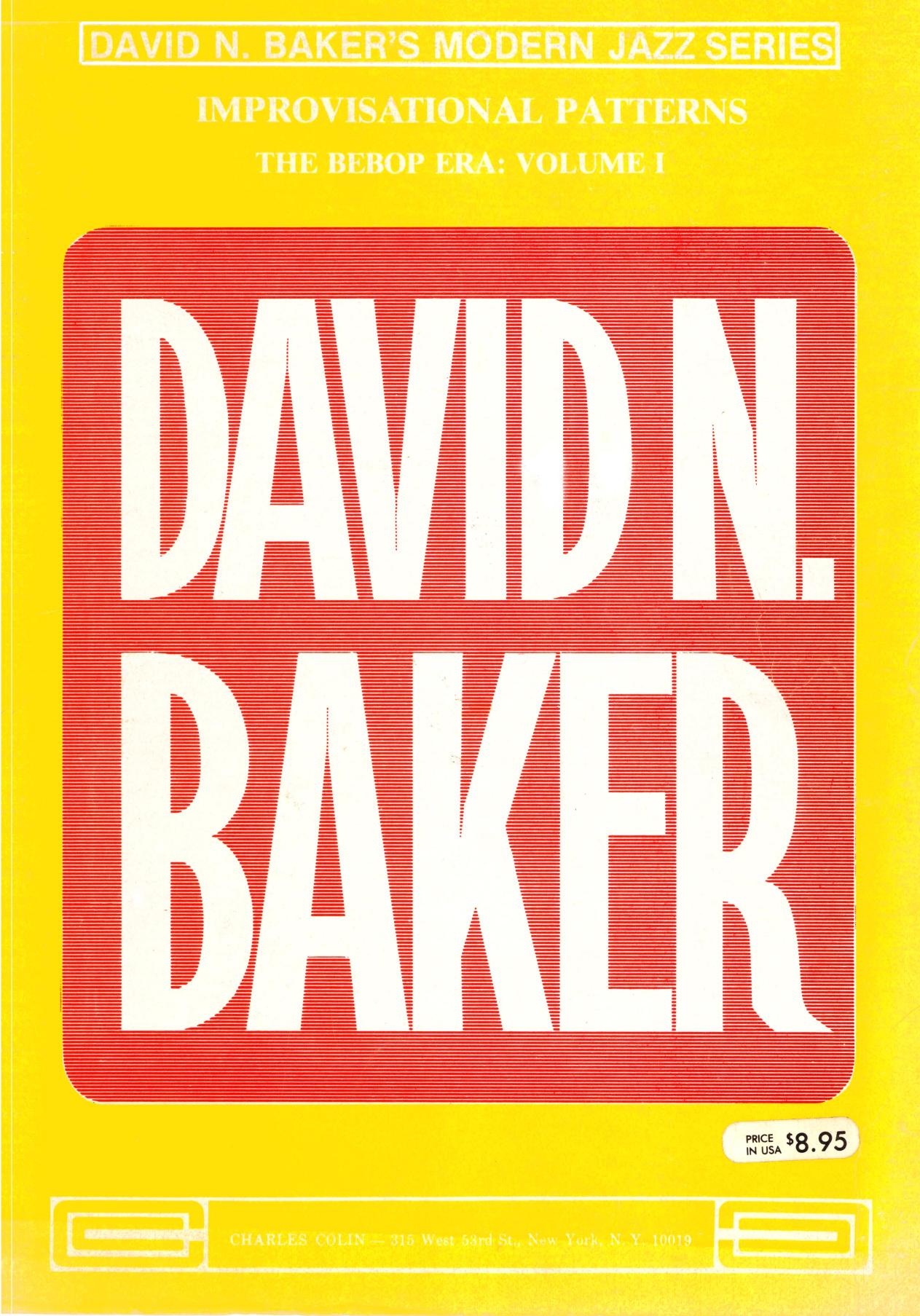
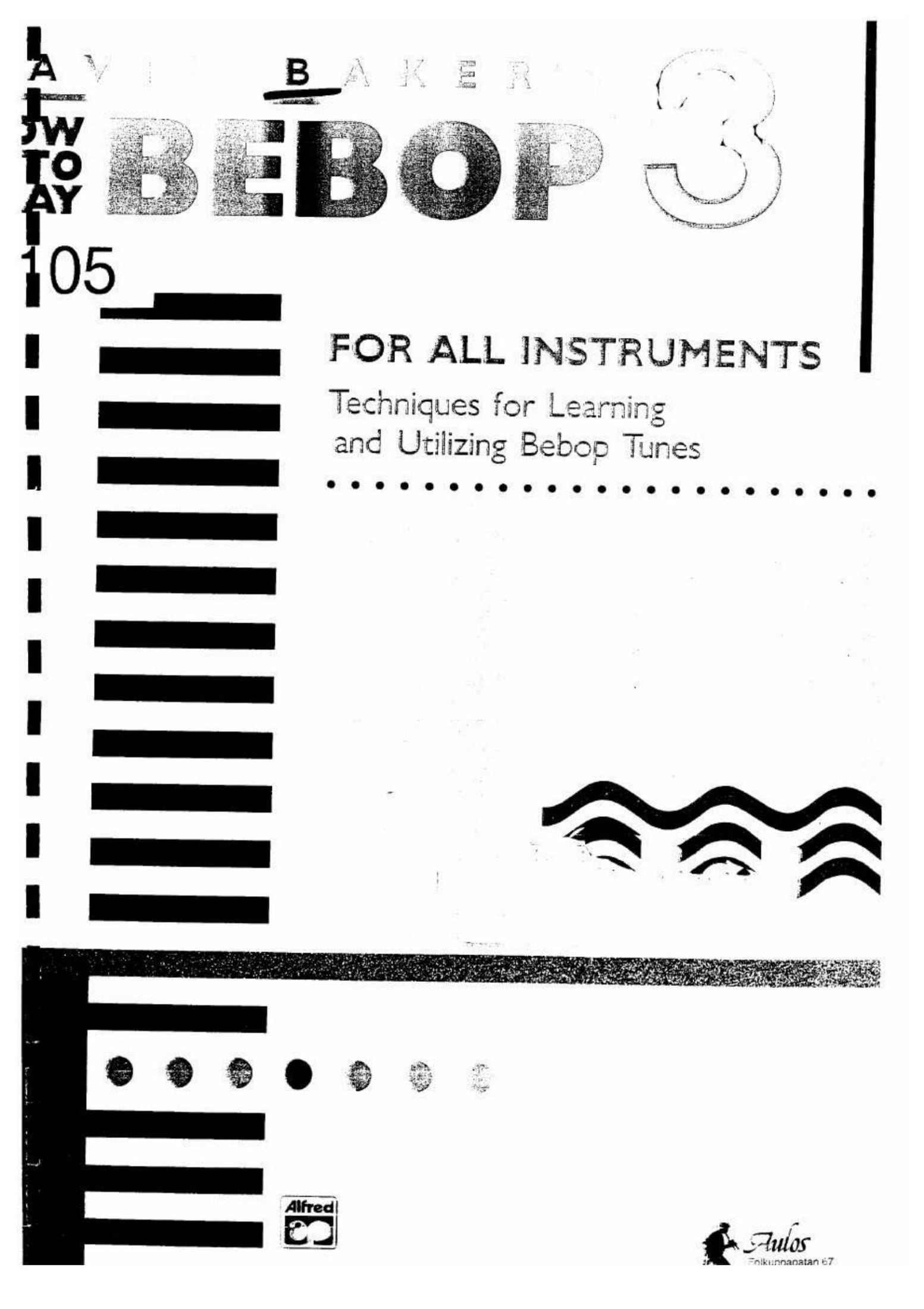
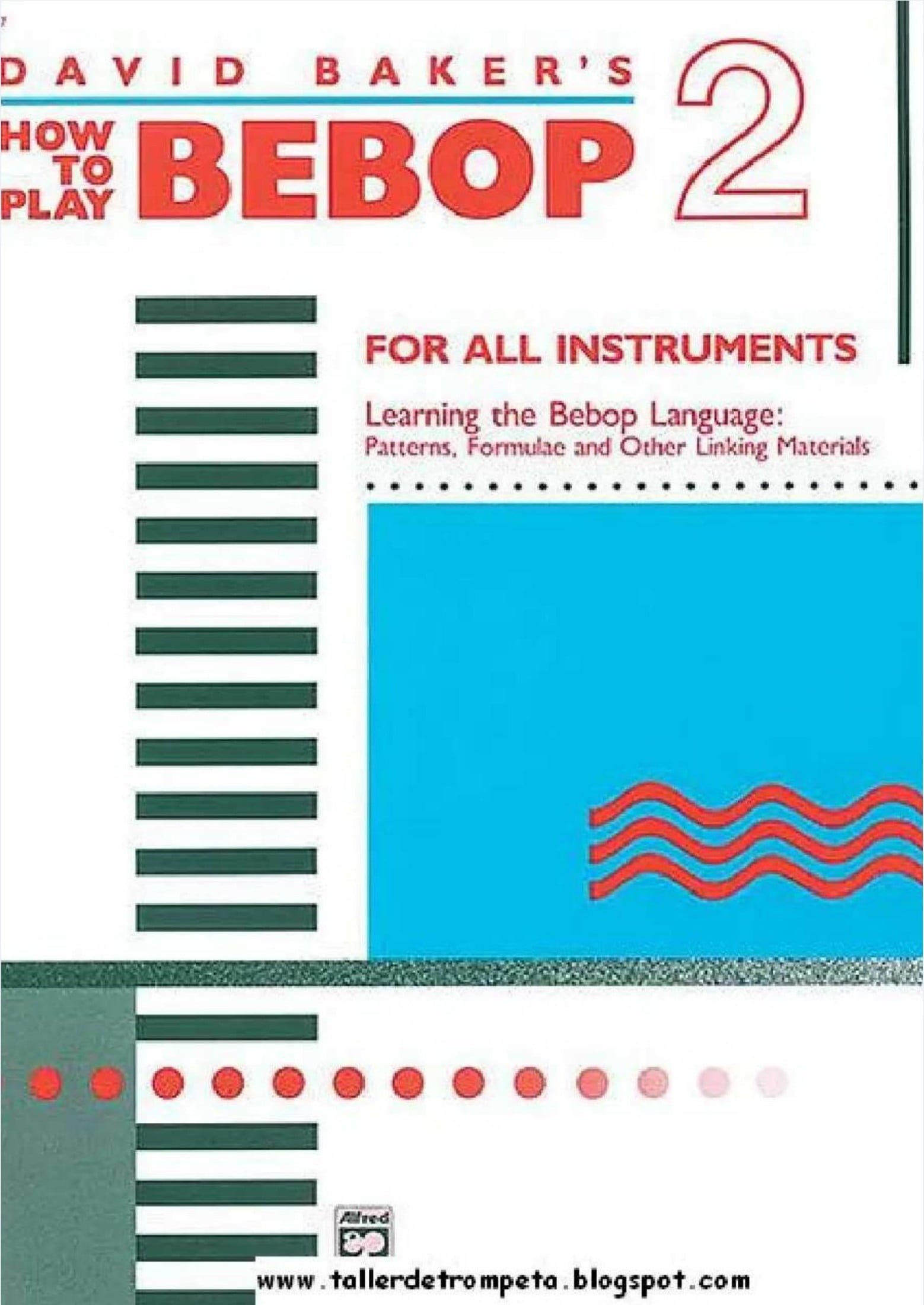
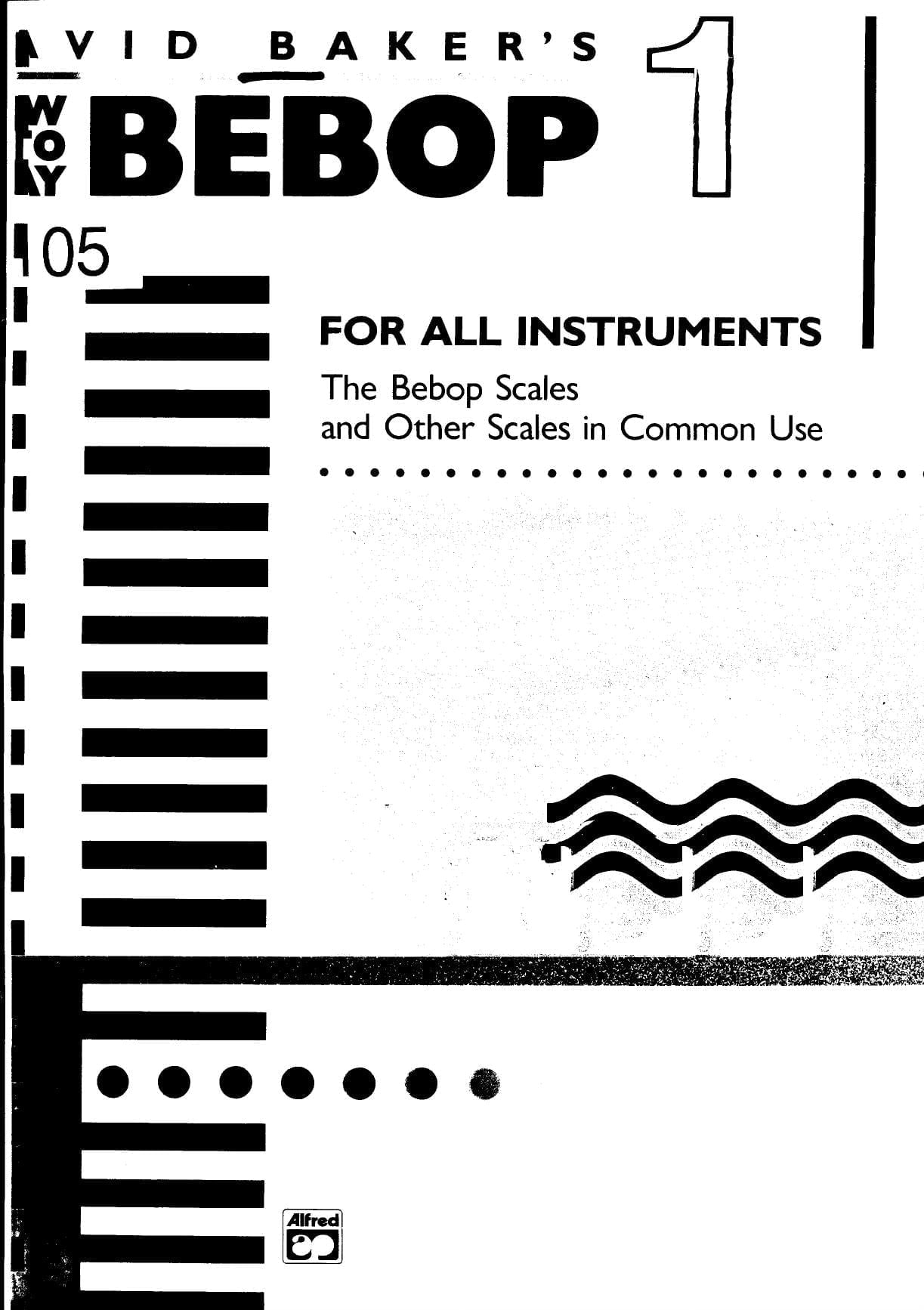
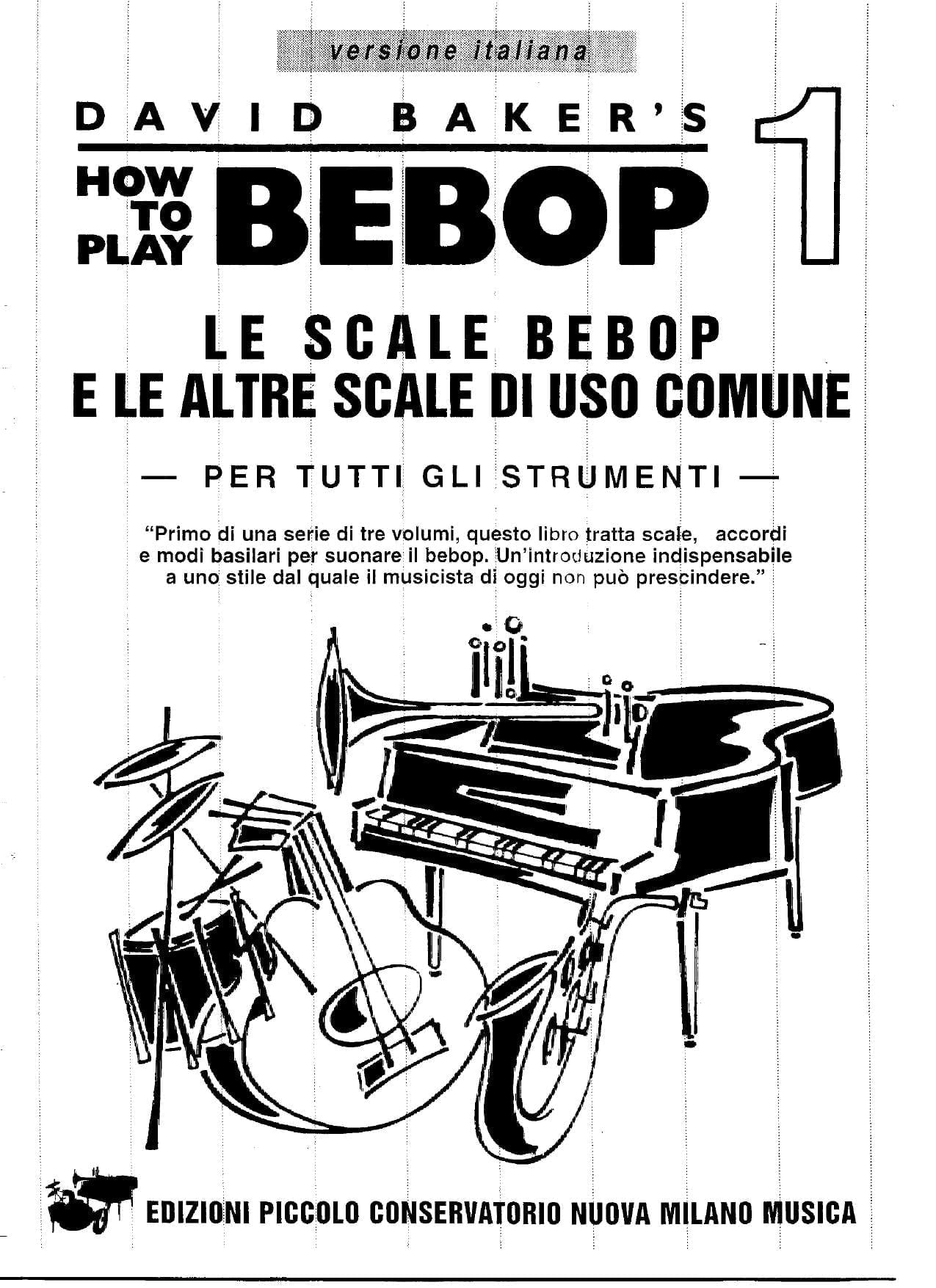
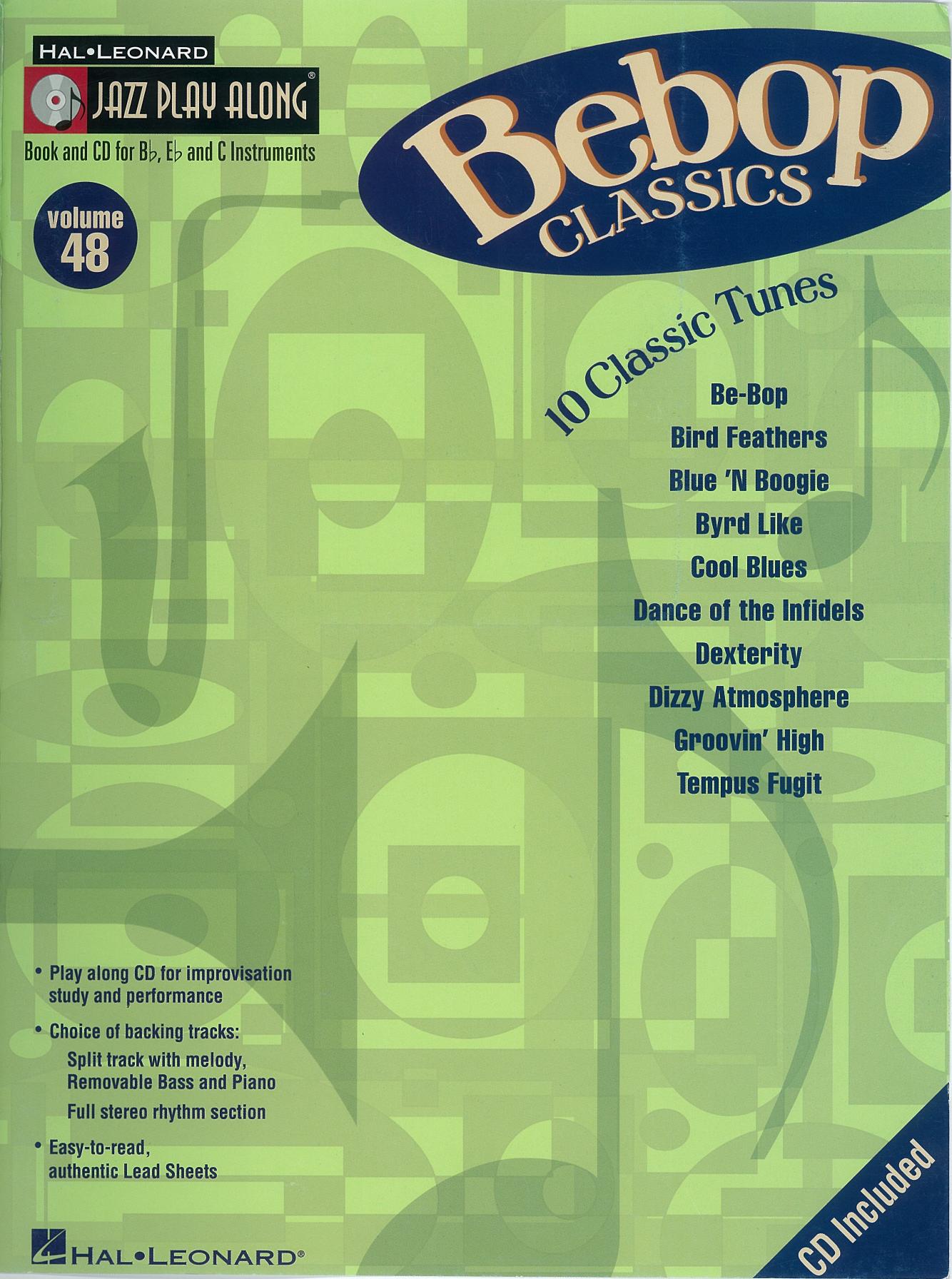
Best Sheet Music download from our Library.
Bebop developed as the younger generation of jazz musicians expanded the creative possibilities of jazz beyond the popular, dance-oriented swing music-style with a new “musician’s music” that was not as danceable and demanded close listening. As bebop was not intended for dancing, it enabled the musicians to play at faster tempos. Bebop musicians explored advanced harmonies, complex syncopation, altered chords, extended chords, chord substitutions, asymmetrical phrasing, and intricate melodies. Bebop groups used rhythm sections in a way that expanded their role.
Whereas the key ensemble of the swing music era was the big band of up to fourteen pieces playing in an ensemble-based style, the classic bebop group was a small combo that consisted of saxophone (alto or tenor), trumpet, piano, guitar, double bass, and drums playing music in which the ensemble played a supportive role for soloists. Rather than play heavily arranged music, bebop musicians typically played the melody of a composition (called the “head”) with the accompaniment of the rhythm section, followed by a section in which each of the performers improvised a solo, then returned to the melody at the end of the composition.
Short History of Bebop
In the timeline of jazz history, bebop falls between big band swing and cool jazz music.
- Shift away from big bands: Bebop traces back to World War II, when the draft sent many jazz musicians overseas to fight in the war. The shortage of available talent in the U.S. sparked a shift from the big bands of the swing era to smaller quartets and quintets. With a smaller band size, the jazz style naturally began to rely less on complicated group arrangements and more on individual virtuosity and improvisation.
- Bebop pioneers: In the early 1940s, an innovative group of jazz musicians set out to create a new, more challenging style of jazz. The essence of bebop was born during late-night jam sessions with the Earl Hines Orchestra at Milton’s Playhouse in Harlem, New York. These pioneers included alto saxophonist Charlie Parker, trumpeter Dizzy Gillespie, pianists Thelonious Monk and Bud Powell, drummers Kenny Clarke and Max Roach, and guitarist Charlie Christian.
- Cool jazz and West Coast jazz: In the late 1940s and early ’50s, bebop evolved into a new style called cool jazz, which had a more laid-back, smooth sound that focused on formal arrangements rather than individual improvisation. Trumpet player Miles Davis was the most influential cool jazz musician, and he inspired many Los Angeles-based musicians to adopt the cool jazz genre, resulting in the West Coast jazz style.
- Hard bop: In the mid-1950s and ’60s, jazz musicians in New York, Philadelphia, and Detroit ushered in a new, heavier style of bebop called hard bop. Hard bop had a more rhythmic drive and incorporated elements from blues and gospel music.
Please, subscribe to our Library.
If you are already a subscriber, please, check our NEW SCORES’ page every month for new sheet music. THANK YOU!
6 Characteristics of Bebop
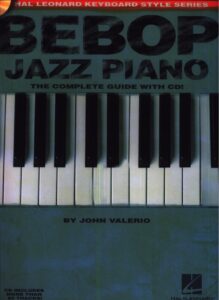
The revolutionary bebop jazz style stemmed from swing music, but it contains many of its own unique characteristics.
- 1. Faster tempos: Swing musicians play music specifically for dancing, which places limits on the speed of the song. Bebop musicians play music solely for listening, allowing for faster tempos.
- 2. Small bands with virtuosic soloists: Unlike the big bands of the swing era, bebop features small combos of one to three horns (trumpets or saxophones), a piano, double bass, and drums. This setup remains the traditional jazz band configuration.
- 3. The expanded role of the rhythm section: In bebop, the rhythm section does a lot more than keep time. Soloists are still the stars, but they rely more heavily on the rhythm section for support, riffs, and embellishments.
- 4. Experimentation: Inspired by swing-era experimental musicians like Roy Eldridge, Coleman Hawkins, and Lester Young, bebop musicians focus their attention on complex harmonies and unpredictable rhythms.
- 5. Improvisation: Instead of playing completely arranged songs, bebop musicians begin by playing a thematic melody called a “head” to the accompaniment of the rhythm section. They then play a segment where each musician improvises a solo. Lastly, they come back to the original head to close out the tune.
- 6. Contrafacts: A contrafact is a music piece consisting of a new melody over a preexisting harmonic structure (or chord progression). While you can copyright a melody, you cannot copyright a harmonic structure. Contrafacts allow bebop musicians to improvise new melodies over well-known chord progressions without obtaining permission from the original song’s publisher. This practice is common among bebop musicians, with a notable example being Charlie Parker’s “Ornithology,” which was based on the popular show tune “How High the Moon.”
List of bebop musicians (up-to-date list)
A
Al Aarons - trumpet
Greg Abate - saxophone
Nat Adderley - cornet
Julian "Cannonball" Adderley - saxophone
Toshiko Akiyoshi - piano
Joe Albany - piano
Monty Alexander
Jimmy Amadie
Georgie Auld
Gene Ammons - saxophoneB
Elek Bacsik - violin
Benny Bailey - trumpet
Sheryl Bailey - guitar
Gabe Baltazar - alto saxophone
Guy Barker - trumpet
Louie Bellson - drums
Eddie Bert - trombone
Denzil Best - drums
Walter Bishop, Jr. - piano
Art Blakey - drums
DuPree Bolton - trumpet
Nelson Boyd - bass
Randy Brecker - trumpet
Clifford Brown - trumpet
Ray Brown - bass
Dave Brubeck - piano
Clora Bryant - trumpet
Ray Bryant
Monty Budwig
Ralph Burns
Kenny Burrell - guitar
Don Byas - saxophone
Charlie ByrdC
Red Callender - bass
Conte Candoli - trumpet
Pete Candoli - trumpet
Candido Camero - percussion
Serge Chaloff - saxophone
Frank Capp
Charlie Christian - guitar
Sonny Clark - piano
Kenny Clarke - drums
Jimmy Cleveland - trombone
Tony Coe - clarinet, saxophone
Al Cohn - saxophone
Dolo Coker - piano
Richie Cole - saxophone
George Coleman - saxophone
John Coltrane - saxophone
Sonny Criss - saxophoneD
Tadd Dameron - piano
Eddie "Lockjaw" Davis - saxophone
Miles Davis - trumpet
Blossom Dearie - piano, vocals
Rusty Dedrick - trumpet
Buddy DeFranco - clarinet
Paul Desmond - alto saxophone
Paquito D'Rivera - saxophone, clarinet
Jimmy Deuchar - trumpet
Lou Donaldson - saxophone
Kenny Dorham - trumpet
Bob Dorough - piano, vocals
George Duvivier - bassE
Billy Eckstine - vocals, trumpet, trombonist, composer, bandleader
Teddy Edwards - saxophone
Herb Ellis - guitar
Rolf Ericson - trumpet
Bill Evans - piano, composerF
John Faddis - trumpet
Tal Farlow - guitar
Art Farmer - trumpet, flugelhorn
Leonard Feather - piano
Ella Fitzgerald - singer
Claudio Fasoli - saxophonist
Tommy Flanagan - piano
Gary FosterG
Barry Galbraith - guitar
Hal Galper - piano
Red Garland - piano
Erroll Garner - piano
Linton Garner - piano
Herb Geller - saxophone
Stan Getz - saxophone
Terry Gibbs - vibraphone
Dizzy Gillespie - trumpet[1]
Benny Golson - saxophone
Babs Gonzales - vocals
Dexter Gordon - saxophone
Wardell Gray - saxophone
Bennie Green - trombone
Grant Green - guitar
Thurman Green
Urbie Green - trombone
Al Grey - trombone
Johnny Griffin - saxophone
Tiny Grimes - guitar
Lars Gullin - saxophoneH
Shafi Hadi - alto saxophone
Al Haig - piano
Sadik Hakim - piano
Jeff Hamilton
Jimmy Hamilton - clarinet, saxophone
Slide Hampton - trombone
George Handy
Al Harewood
Barry Harris - piano
Benny Harris - trumpet
Clyde Hart - piano
Stan Hasselgard - clarinet
Hampton Hawes - piano
Coleman Hawkins - saxophone
Tubby Hayes - saxophone, vibraphone, flute
Roy Haynes - drums
J.C. Heard - drums
Albert Heath - drums
Jimmy Heath - saxophone
Percy Heath - double-bass
Ernie Henry - saxophone
Earl Hines - piano
Jutta Hipp - piano
Red Holloway - saxophone
Elmo Hope - piano
Freddie Hubbard - trumpetJ
Chubby Jackson - double-bass
Milt Jackson - vibraphone
Illinois Jacquet - tenor saxophone
Ahmad Jamal - piano
Keith Jarrett - piano
Clifford Jarvis - drums
Aaron M. Johnson - saxophone, clarinet
Budd Johnson - saxophone, clarinet
Clarence Johnson
J. J. Johnson - trombone
Osie Johnson - drums
Pete Jolly
Hank Jones - piano
Oliver Jones (pianist)
Philly Joe Jones - drums
Quincy Jones - arranger, trumpet
Thad Jones - trumpet
Duke Jordan - piano
Clifford Jordan - alto, tenor saxophonesK
Yoko Kanno - piano, accordion
Roger Kellaway
Wynton Kelly - piano
Barney Kessel - guitarL
Don Lamond - drums
Jay Leonhart
Stan Levey - drums
Lou Levy - piano
John Lewis - piano
Mel Lewis - drums
Victor Lewis
Melba Liston - tromboneM
Adam Makowicz - piano
Russell Malone - guitar
Junior Mance - piano
Shelly Manne - drums
Larance Marable - drums
Charlie Mariano - alto saxophone
Dodo Marmarosa - piano
Les McCann - piano
Rob McConnell - valve trombone
Howard McGhee - trumpet
Al McKibbon - double-bass
Marian McPartland - piano
Charles McPherson - alto saxophone
Gil Melle - saxophones
Pierre Michelot - bass
Charles Mingus - double-bass
Thelonious Monk - piano
Tete Montoliu - piano
James Moody - tenor saxophone, flute
Michael Moore - bass
Michael Moore - saxophone, clarinet
Lee Morgan - trumpet
George Morrow - double-bass
Gerry Mulligan - baritone saxophone, piano, arrangerN
Fats Navarro - trumpet
Herbie Nichols - piano
Sam Noto - trumpetO
Anita O'Day - vocals
Hod O'Brien - pianoP
Marty Paich - arranger
Remo Palmier - guitar
Charlie Parker - saxophone
Leo Parker - saxophone
Joe Pass - guitar
Cecil Payne - flute, saxophone
Sonny Payne - drums
Niels-Henning Ørsted Pedersen - double-bass
Art Pepper - saxophone
Oscar Peterson - piano
Oscar Pettiford - cellist, double-bass
Flip Phillips - saxophone, clarinet
Herb Pomeroy - trumpet
Roy Porter - drums
Tommy Potter - bass
Bud Powell - piano
Richie Powell - piano
Specs Powell - drums
Chano Pozo - percussion
André Previn - piano
Don Pullen - piano, organR
Gene Ramey - bass
Jimmy Raney - guitar
Buddy Rich - drums
Sam Rivers - saxophone, clarinet
Max Roach - drums
Steve Rochinski - guitar
Red Rodney - trumpet
Sonny Rollins - saxophone
Jimmy Rowles - piano
Ernie Royal - trumpet
Hilton Ruiz - piano
Curly Russell - bassS
Aaron Sachs - saxophone, clarinet
Ronnie Scott - saxophone
Jack Sels - saxophone
Lalo Schifrin - piano
Ed Shaughnessy - drummer
George Shearing - piano
Jack Sheldon - trumpet, vocals
Sahib Shihab - saxophone, flute
Ayako Shirasaki - piano
Horace Silver - piano
Andy Simpkins
Zoot Sims - saxophone
Ronnie Singer - guitar
Paul Smith - piano
Mary Stallings - singer
Herbie Steward - saxophones
Sonny Stitt - saxophone
Idrees Sulieman - trumpet
Ira Sullivan - trumpet, flugelhornT
Art Taylor - drums
Billy Taylor - piano
Tommy Tedesco - guitar
Clark Terry - trumpet, flugelhorn
Toots Thielemans - harmonica
Jesper Thilo - saxophone, clarinet, flute
Ed Thigpen - drums
René Thomas - guitar
"Sir" Charles Thompson - piano
Lucky Thompson - saxophone
Lennie Tristano - piano
Bruce Turner - saxophone, clarinet
McCoy Tyner - pianoU
René Urtreger - pianoV
Charlie Ventura - saxophone
Sarah Vaughan - vocals
Mads Vinding - bass
Eddie Vinson - saxophoneW
George Wallington - piano
Butch Warren - double-bass
Bill Watrous - trombone
Frank Wess - saxophone, flute
Ernie Wilkins - saxophone
Mary Lou Williams - piano
Shadow Wilson - drums
Kai Winding - trombone
Phil Woods - saxophone, clarinetZ
Ed Zandy - trumpetBrowse in the Library:
Or browse in the categories menus & download the Library Catalog PDF:
